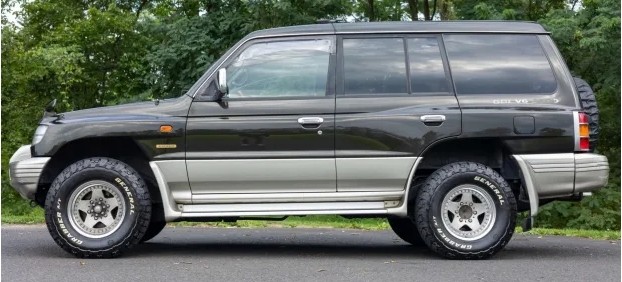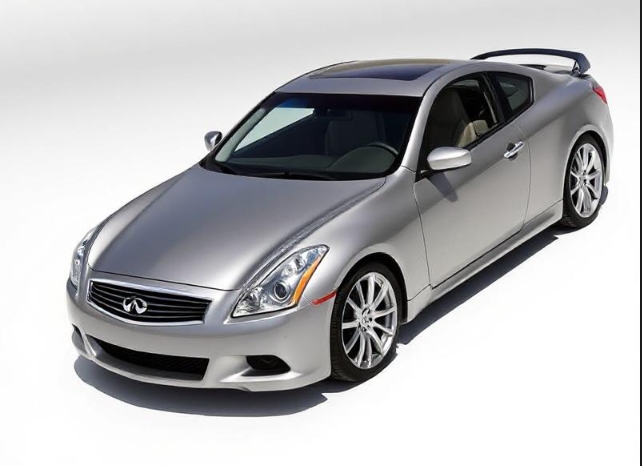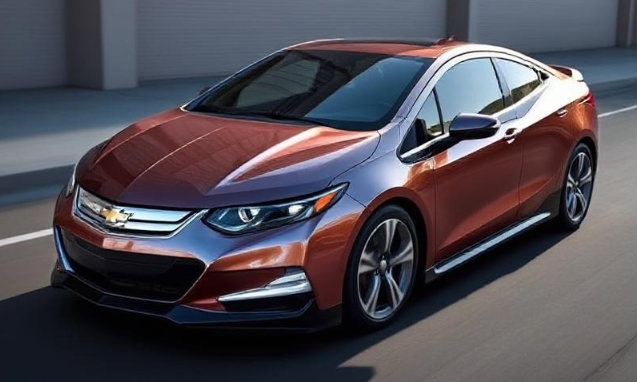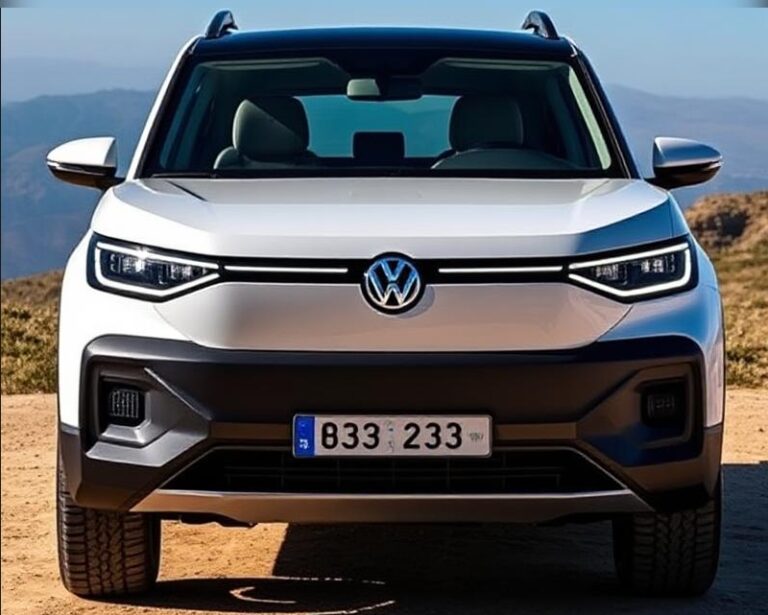The Evolution of the Chevrolet Express
The Chevrolet Express has long been a staple in the commercial van segment, known for its durability, versatility, and adaptability. Over the decades, the model has undergone significant transformations, evolving from a basic cargo hauler into a sophisticated vehicle tailored to a wide array of commercial and passenger needs. This article provides a detailed chronological overview of the Chevrolet Express, including production years, all models, and trim levels offered throughout its history.
Origins and Initial Introduction (1996–2002)
Introduction and Background
The Chevrolet Express was introduced in 1996 as a replacement for the Chevrolet Van, which had been in production since the 1970s. It was developed alongside its GMC counterpart, the GMC Savana, sharing the same platform and engineering. The Express was designed to serve a broad range of commercial applications, from cargo transport to passenger shuttles.
Platform and Design
Built on GM’s GMT200 platform, the Chevrolet Express adopted a front-engine, rear-wheel-drive layout, emphasizing durability and ease of maintenance. Its design was utilitarian, emphasizing function over form, with a boxy shape conducive to cargo capacity and interior customization.
Models and Trim Levels (1996–2002)
During its initial production run, the Chevrolet Express was primarily available in two main variants:
- Cargo Van (G3500): Focused on commercial cargo transport, with minimal interior features and high payload capacity.
- Passenger Van (G1500 and G2500): Configured to accommodate passengers, often used as shuttle vehicles or for group transportation.
Trim Levels
Initially, the Express did not feature a wide array of trims. Instead, it was offered in basic configurations, with options focused on payload, seating arrangements, and optional features. Over time, GM introduced more options for customization, including:
- Base: Basic commercial model, minimal features, aimed at fleet users.
- Extended: Longer wheelbase versions providing increased cargo or passenger capacity.
- Conversion and Upfitter Packages: For specialized uses such as ambulances, campers, or utility vehicles.
The Second Generation and Mid-Production Enhancements (2003–2014)
Second Generation Launch
In 2003, Chevrolet launched the second-generation Express, built again on the GMT200 platform but with significant updates. The redesign focused on improving comfort, safety, and versatility, aligning the van with modern automotive standards.
Design and Features
The second-generation Express featured a more aerodynamic front fascia, improved interior quality, and enhanced safety features. It retained its rear-wheel-drive layout but incorporated better suspension and chassis refinement.
Model and Trim Variations
Throughout this period, Chevrolet expanded the range of models and trim levels to cater to diverse customer needs:
- 3500 Series: Heavy-duty cargo vans with high payload capacities.
- 2500 Series: Medium-duty configurations suitable for smaller commercial operations.
- 1500 Series: Lighter-duty versions suitable for smaller groups or light cargo.
Passenger and Cargo Variants
- Express 1500/2500/3500 Passenger Vans: Equipped with various seating configurations, from standard 8-passenger to extended versions accommodating up to 15 passengers.
- Cargo Vans: Offered in multiple wheelbase lengths, with options for side door configurations and roof heights.
Trim Levels and Packages
Over this period, GM introduced more refined trim packages:
- Base: Entry-level, minimal features.
- LS: Mid-level trim with added comfort and convenience features.
- LT: Higher trims offering upgraded interiors, audio systems, and optional safety features.
- Work Van/Work Truck: Focused on fleet buyers, stripped-down models optimized for utility.
Specialized Versions
- GMC Savana: The GMC counterpart, sharing most features but with distinct branding.
- Conversion Vans and Upfitted Models: Including camper conversions, shuttle buses, ambulances, and utility vehicles.
The Modern Era and the Final Generation (2015–Present)
Introduction of the Current Generation
In 2015, Chevrolet introduced the third-generation Express, marking its latest and most advanced iteration. This model continued to evolve in terms of safety, technology, and efficiency, aligning with modern standards for commercial vehicles.
Design and Engineering
The 2015 model adopted a more modern exterior design, with sharper lines and a more aerodynamic profile. It maintained the rear-wheel-drive architecture but incorporated features such as stability control, traction control, and optional advanced safety systems.
Powertrain Options
Chevrolet offered a range of engines tailored for performance and efficiency:
- 4.3L V6: The base engine, suitable for light-duty applications.
- 6.0L V8: Providing more power for heavier loads.
- 2.8L Duramax Turbo-Diesel: Available in some markets, emphasizing fuel economy and torque.
Models and Trim Levels
The modern Express was available in several configurations:
- G3500 Cargo: The heavy-duty cargo van, ideal for demanding commercial applications.
- G3500 Cutaway: Chassis cab versions for upfitting into buses, ambulances, or other specialized vehicles.
- G3500 Passenger Van: Configured for passenger transport, with seating arrangements from 8 to 15.
Trim levels in this era include:
- Base: Basic work van with essential features.
- LS: Adds comfort features like air conditioning, power windows, and upgraded audio.
- LT: Offers additional convenience and safety options, including cruise control, Bluetooth connectivity, and rear parking assist.
- Work Van / Work Truck: Fleet-oriented models with minimal amenities for durability and utility.
Technological and Safety Features
The third-generation Express introduced modern safety and convenience features, such as:
- Backup cameras
- Bluetooth connectivity
- Cruise control
- Electronic stability control
- Optional lane departure warning and forward collision alert in later models
Specialized Models and Upfitting
The Express remained a popular choice for upfitting into ambulances, shuttle buses, delivery vehicles, and recreational vehicles, thanks to its spacious interior and robust chassis. GM continued offering cutaway van models suitable for customizing various configurations.
.
RepairSurge Online Repair Manuals Replace Bulky Books With Reliable Digital Information!
Faster And Cheaper Than Traditional Printed Manuals, Users Get Instant Access To The Repair Information They Need For Any Car, Truck, Van or SUV:
.
Discontinuation and Future Outlook
As of 2023, the Chevrolet Express remains in production, primarily serving fleet customers, municipalities, and commercial operators. However, GM announced plans to eventually phase out the Express in favor of more modern, fuel-efficient, and technologically advanced models aligned with electrification trends.
Summary of Model Years, Variants, and Trims
| Production Years | Main Models & Variants | Trim Levels (Typical) |
|---|---|---|
| 1996–2002 | Cargo Van, Passenger Van | Base, Extended, Conversion, Fleet packages |
| 2003–2014 | Cargo Van, Passenger Van (1500/2500/3500) | LS, LT, Work Van/Work Truck |
| 2015–Present | Cargo Van, Cutaway, Passenger Van | Base, LS, LT, Work Van/Work Truck |
Conclusion
The Chevrolet Express has demonstrated remarkable longevity and versatility in the automotive market. From its inception in the mid-1990s to its current state, the van has continually adapted to meet the evolving needs of commercial operators and fleet managers. Its wide range of models and trim levels has enabled it to serve diverse roles—whether as a cargo transporter, passenger shuttle, or specialized utility vehicle.
While future advances in automotive technology and shifts toward electric vehicles may lead to the model’s eventual retirement, the Chevrolet Express remains a testament to GM’s commitment to durable, customizable, and dependable commercial vehicles. Its evolution reflects broader trends in vehicle design, safety, and technology, making it a significant chapter in the history of American commercial vans.







